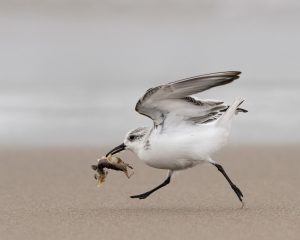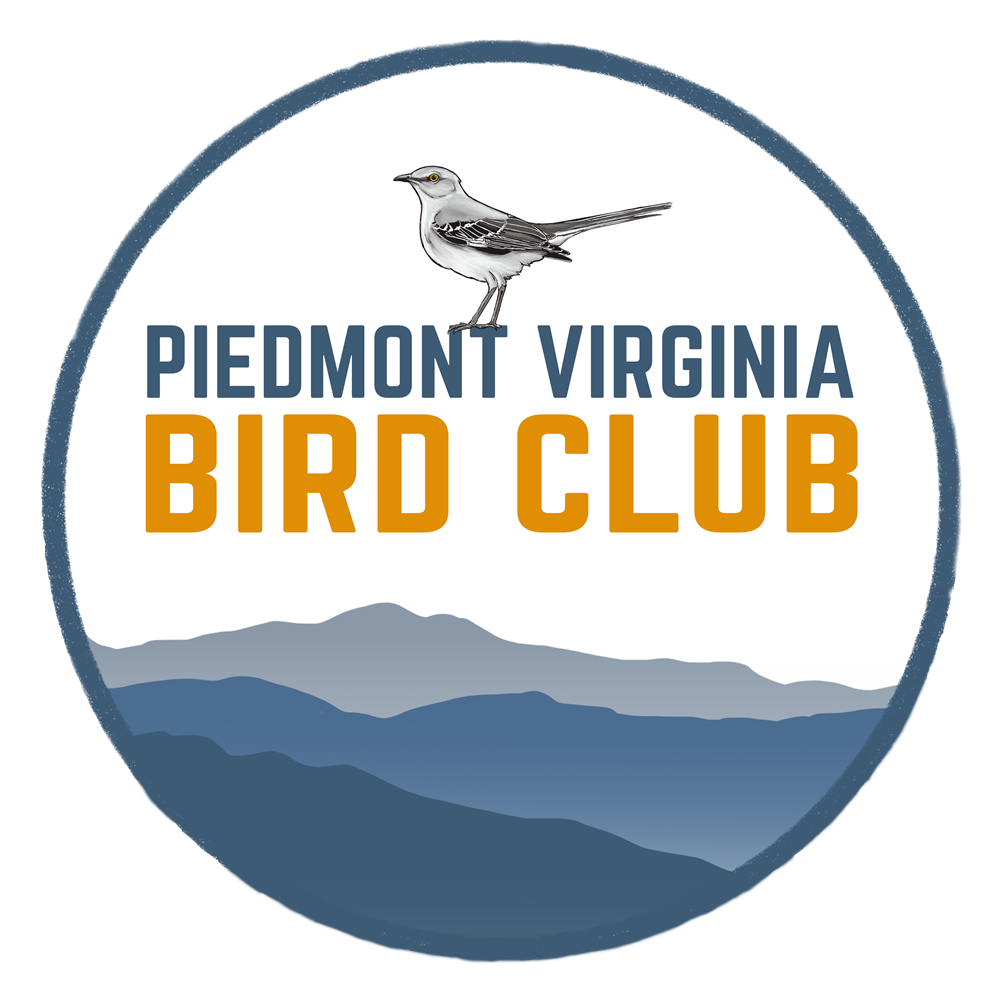Date/Time
Wednesday, Apr 06, 2022
7:00 pm - 8:30 pm
![]()

Birds on the beach can seem to the casual observer to be full of chaos and randomness. But there are some central themes to how they behave that, once you understand them, bring order to apparent chaos. It’s all about tide level, energy availability for feeding birds, competition for food, predation and death. Once you understand that, you can make sense out of the chaos of birds on sandy beaches.
Pete earned his Ph.D. from U.C. Berkeley in 1979 studying the ecology of migratory shorebirds, on the breeding grounds in northern Alaska and on the wintering grounds in central coastal California and Argentina. In 1985 he founded the Western Hemisphere Shorebird Reserve Network (WHSRN.org) which now collaboratively protects over 100 sites between Tierra del Fuego (Argentina) and Arctic US and Canada, including almost 40 million acres.
After leaving that work in the early 1990s for other fields, he continued to spend hundreds if not thousands of hours observing the ecology of sandy beach shorebirds. In 2007 he was a co-founder of BirdsEyeBirding which got eBird data into a cell phone via BirdsEye. The Cornell Lab bought it and it is now, world-wide, the biggest source of eBird sightings.
For 30 years he has studied how nasty chemicals affect fetal development via endocrine disruption based in a NGO in Charlottesville, Environmental Health Sciences

This meeting will be held via zoom. Zoom links reminders are emailed to all current club members and also placed on the club website. Regretfully we cannot include the link page in our website or accommodate individual requests for the link to be emailed to non-members. Feel free to share the link with your friends but do not post it.
Categories


